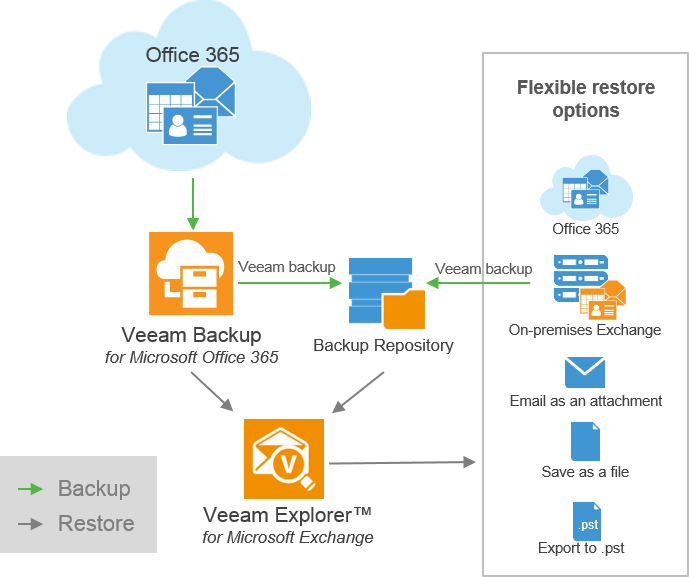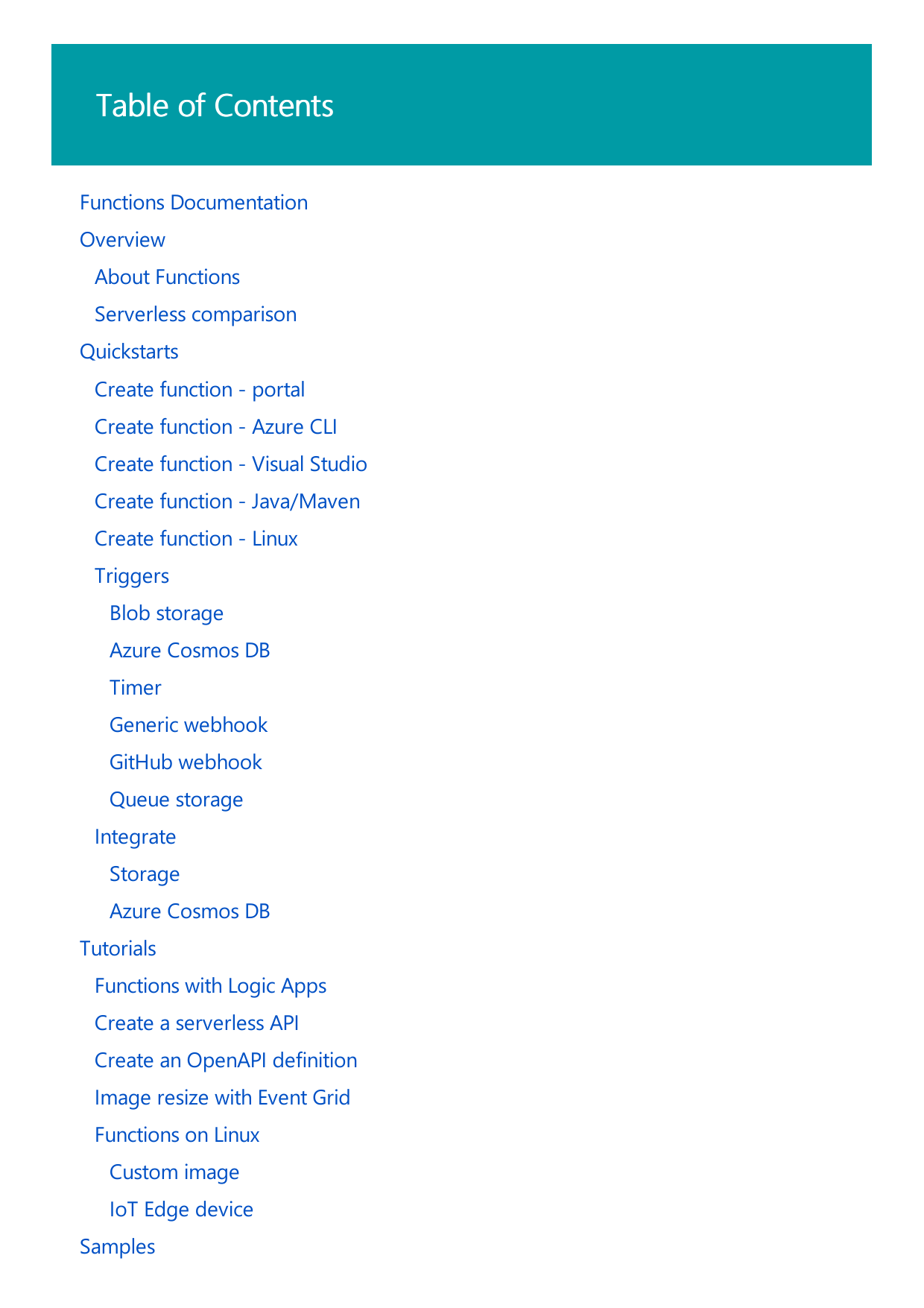
- #Azure storage emulator mac how to#
- #Azure storage emulator mac code#
- #Azure storage emulator mac trial#
- #Azure storage emulator mac mac#
The below steps can be seen in the sample repo at on GitHub. As such this blog post will walk through calling Microsoft Graph using the Microsoft Graph. I’m not on the product group but as far as I’m aware these bindings have been in preview for over 2 years and are not planned to move past preview. Speaking of bindings, you may notice on the Azure Functions documentation that there are Microsoft Graph bindings for Azure Functions as of version 2+. Having that functionality taken care of allows you as the developer to focus on writing the core business logic where the most value can be provided.
#Azure storage emulator mac code#
“Internal plumbing” code is the code required to connect to an Azure storage account, monitor for a webhook request, or similar event based functionality. I especially appreciate how triggers and input / output bindings reduce, or even completely remove, the need to write what I call “internal plumbing” code. Azure Functions consist of a trigger (HTTP, timer, storage event, etc.) and optionally one or more input / output bindings.
#Azure storage emulator mac mac#
#Azure storage emulator mac trial#

I recommend reading that post (and the linked resources in it) first to get the background on creating and authenticating an Azure AD application. Net Core Application” post from the 2018 C# Advent event, this year we’ll take what we learned and adapt that code to run in an Azure Function. It turns out I had an old cloud service running on my box set up to collect machine level metrics (cpu, memory, etc), which was dumping into the emulator and filled it up.This post is a part of The Third Annual C# Advent.īuilding on my “ Introduction to Calling Microsoft Graph from a C#.

I then found out that 99%+ of those records where from an azure table storage table named waddiagnosticinfrastructurelogstable. The TableRow table (which holds records for table storage) was using almost all of the 10 Gb. So, I connected to the SQL LocalDb instance using Visual Studio Sql Explorer view and issued this query to find where all these bytes were having a party. So, I went and had a look at %userprofile% and to my surprise the file AzureStorageEmulatorDb52.mdf was 10 Gb big. I knew that Azure Storage Emulator was using SQL LocalDb has its storage engine. Create disk space by deleting unneeded files, dropping objects in the filegroup, adding additional files to the filegroup, or setting autogrowth on for existing files in the filegroup.’ The fatal unexpected exception ‘The fatal unexpected exception ‘Could not allocate space for object ‘dbo.TableRow’.’PK_dbo.TableRow’ in database ‘AzureStorageEmulatorDb52’ because the ‘PRIMARY’ filegroup is full. I then just opened the first one and right there in the first paragraph was: Navigating to the logs folder, I found a set of files. (localdb)\MSSQLLocalDB C:\Users\olivierv\AppData\Local\AzureStorageEmulator\PageBlobRoot C:\Users\olivierv\AppData\Local\AzureStorageEmulator\BlockBlobRoot C:\Users\olivierv\AppData\Local\AzureStorageEmulator\Logs true Now on to my specific issue

In my case it was AzureStorageEmulator.5.2.config

config matching your version of the emulator. Navigate to %LOCALAPPDATA%\AzureStorageEmulator.Being that ‘old’, things have changed a little bit.
#Azure storage emulator mac how to#
So, I did find this great blog post back from 2013 (or 5 lifetimes ago in software development years) explaining how to turn on logs in azure storage emulator. Ok, I googled first and most of the solutions involved resetting the db backing azure table storage which I didn’t want to do right away… though that would have solved my issue, as you will figure out later. That lead me to think about looking into logs. In the exception I was receiving in Visual Studio, I was seeing a request ID in the form of a guid. Spoiler alert: the problem was that the SQL data file (.mdf) backing the emulator was full… yeah, I know, I’m that lucky ) Enabling Logs I’ve had these kinds of issues in the past with a mismatch between the azure storage dlls and the emulator version but in this case, nothing had changed from “it worked fine last time I did this” to “why is this broken now?” Recently, I encountered an issue where doing GET requests against Table Storage in the Azure storage emulator was working but POST and PUT requests were failing with a generic 500 coming back from the emulator. Azure In this blog post, we will explain how to get more insight into weird azure storage emulator problems.


 0 kommentar(er)
0 kommentar(er)
